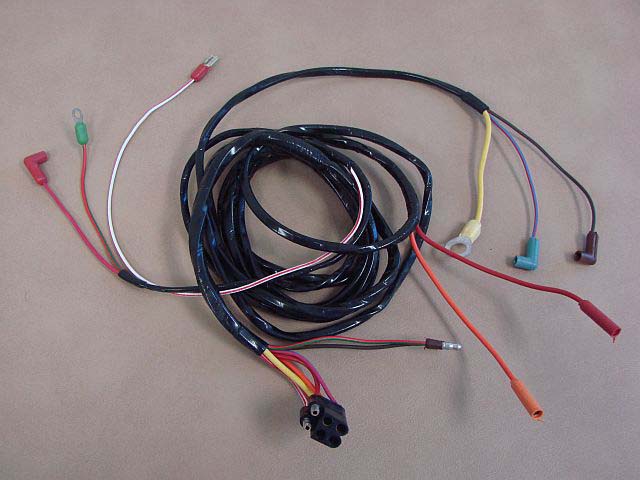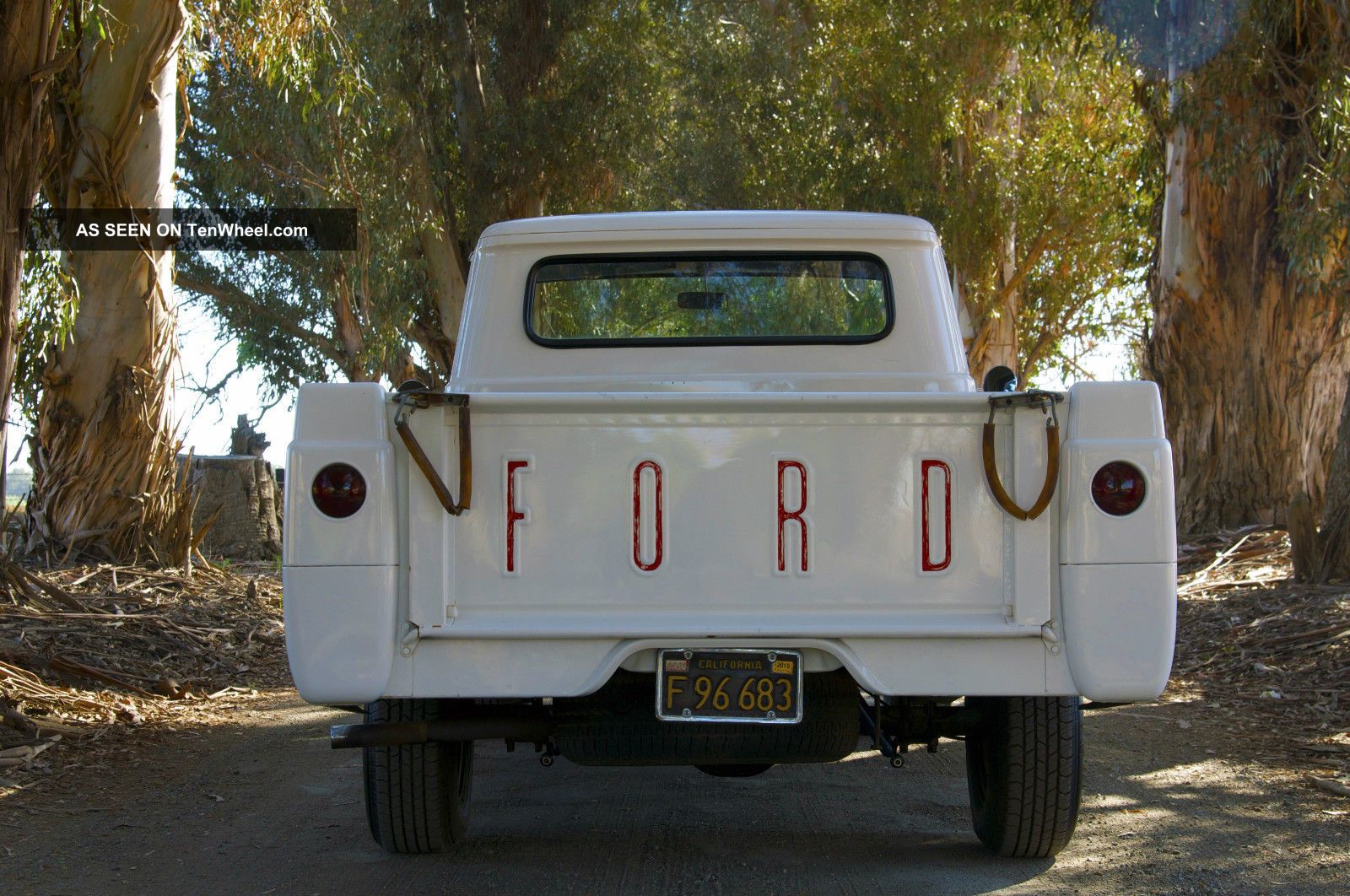

Rear body harness assembly plugs into the main harness at the left kick panel location and our longer leads allow for stock or custom routing of the wires.The system will also connect into most popular aftermarket gauges such as AUTOMETER, CLASSIC INSTRUMENTS, STEWART WARNER, VDO, and others. Original terminals and connectors (another American Autowire exclusive) are provided for stock cluster connections. Instrument Cluster wiring is designed with a “cluster harness disconnect” system for easy service and assembly.Separate under dash courtesy lamp assemblies are also included for use along with your original dome/interior lighting feeds.Steering column connectors can plug directly into most aftermarket steering columns or stock 1961-66 Ford columns using the adapter and terminals included in the kit.Original switch connector bodies – an American Autowire exclusive feature.Harness is laid out and formed to allow for nearly all after market accessories such as gauge packages, wiper systems, heat and air conditioning systems, etc.
1960 FORD F100 WIRING LOOM SERIES
All high amperage output circuits incorporate the same superior spring steel reinforced terminals that are used in our Highway Series kits. The fuse coverlid is labeled on the inside identifying all circuits by description and their respective fuse ratings.
1960 FORD F100 WIRING LOOM UPDATE
Any faults here could cause the wire to the touch the ground wire or box.Classic Update Series Complete Wiring Kit Strip the wire perfect such that no insulation goes underneath the slot, and no bare wire is left. Inside case there are a terminal slot, you need to be extra careful. Also ensure that all the wire that's twisted around the mess is stripped. Of which way, the screw tightens the link as it goes in. When wrapping a wire around the terminal screw, do it in a clockwise direction. Terminal connections go through a lot of stress, and poor joints easily loosen up. These are some of the most typical connections, particularly if you're dealing with receptacles and buttons. Terminal cable connections would be the conclusion details of wires, where a connection with a circuit occurs.

Likewise, ensure you've obtained a tester to test the volts of the wire connections before and after working on them. The ordinary pliers would give you a loose connection that may cause trouble in future. Knives may weaken the wire by notching the copper inside.Ĭhoose linesman pliers as opposed to the ordinary slip-joint giant pliers when intending to twist wires. For instance, avoid knives as opposed to stripshow when stripping your wires. Having the right tools at hand is another important aspect of electric work. So if you accidentally touch a live line, the RCD would identify the unusual flow of the current and immediately switch off the circuit. RCDs are devices that are widely-used to monitor the flow of current through a particular circuit, and they cut off the existing whenever it flows through an unintentional path. It is positioned on socket outlets or fuse boxes to prevent electric shock in the situation of a DIY blunder. Have an RCDĪn RCD (residual current device) is one of the main things to have in your circuits. You will be in a far greater position to safeguard yourself and work better.

To make you better at wiring, here are some reliable tips and techniques you need to perfect. However, you may work on minor electrical wiring in your home provided you follow safety measures. Electricity is very dangerous and can easily lead to electrocution, so you need to call an emergency electrical contractor for sensitive cabling cases. Best tricks and techniques in home cablingįor DIY electricians, there's a lot of jumbled up information of what you ought to or shouldn't do.


 0 kommentar(er)
0 kommentar(er)
